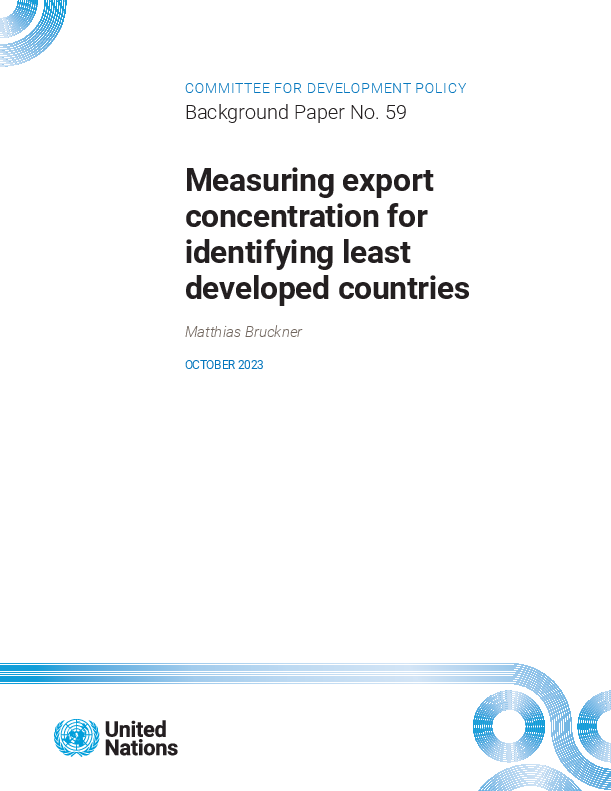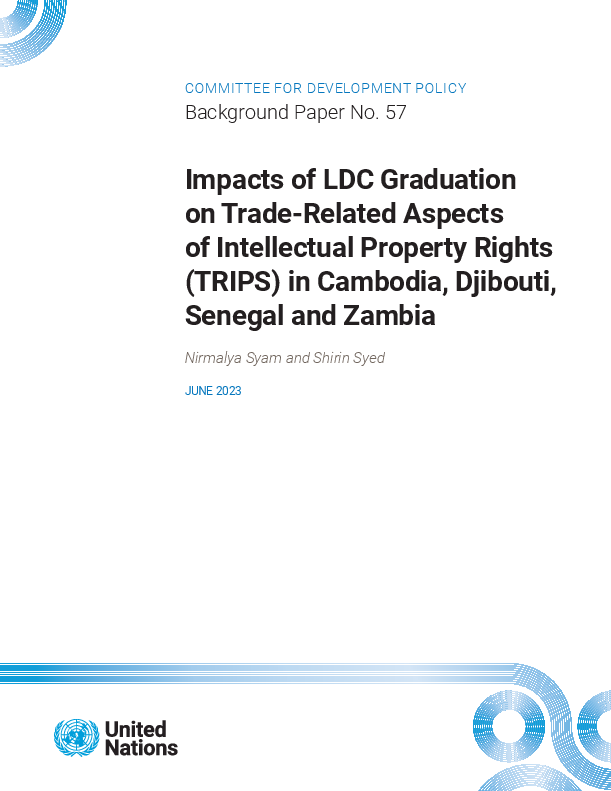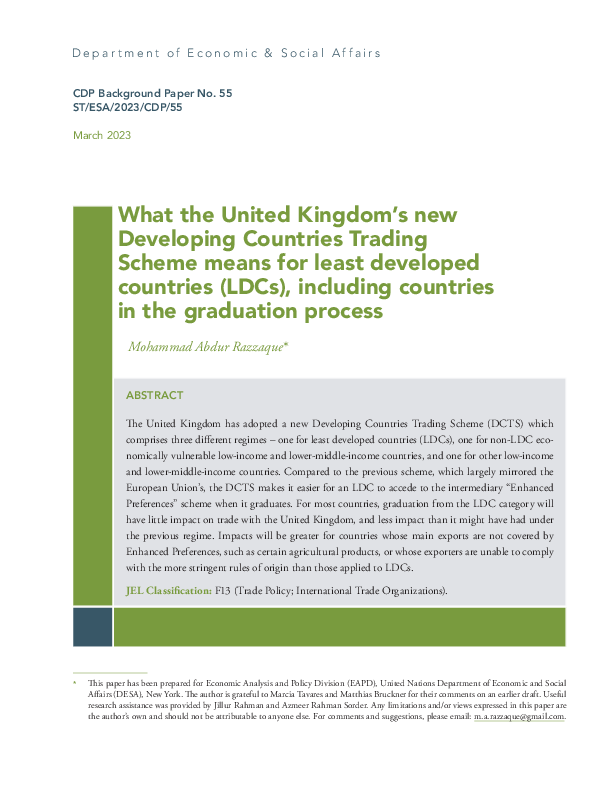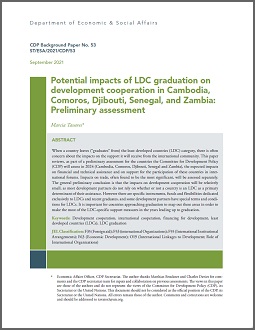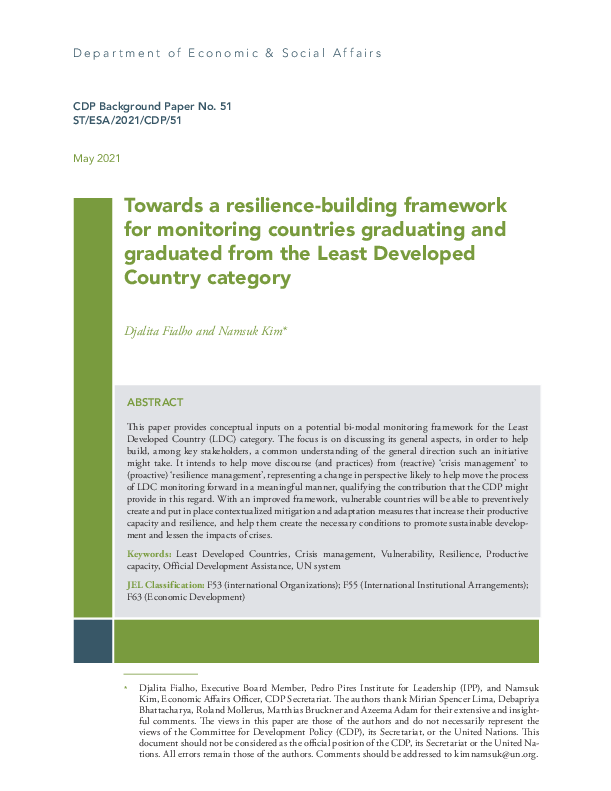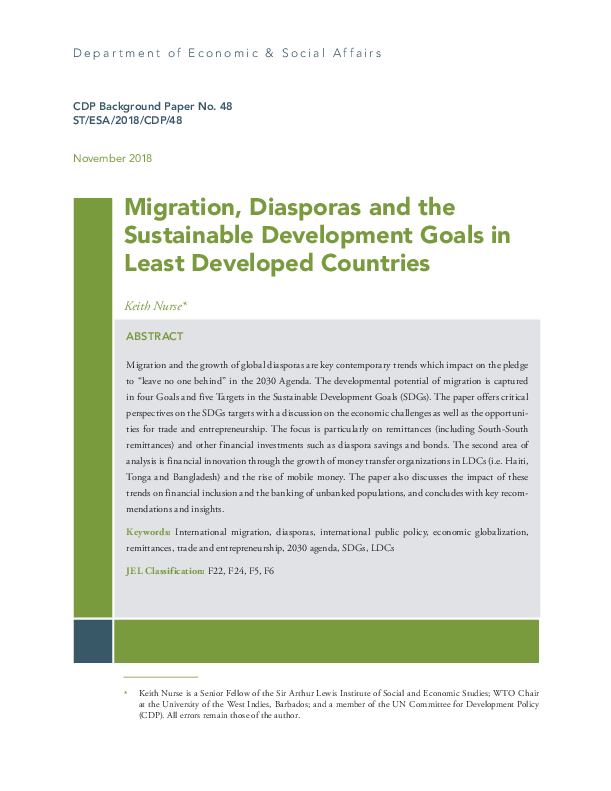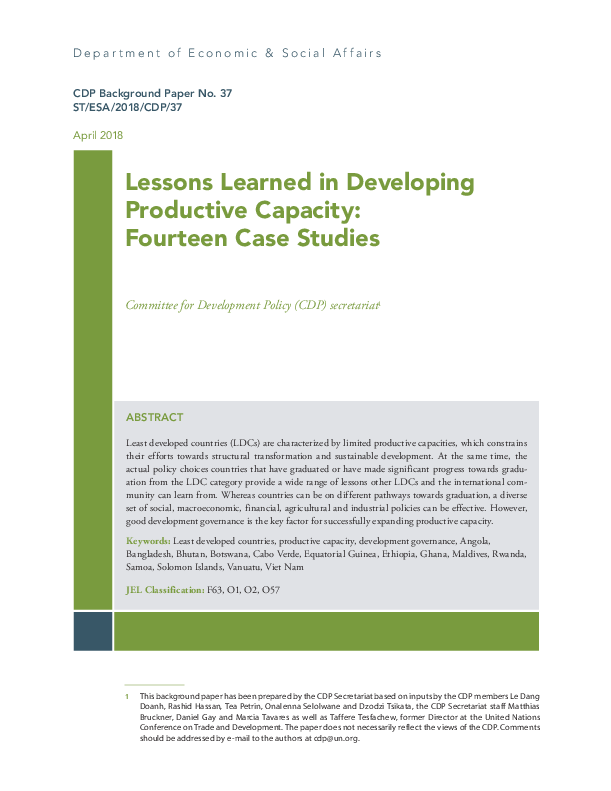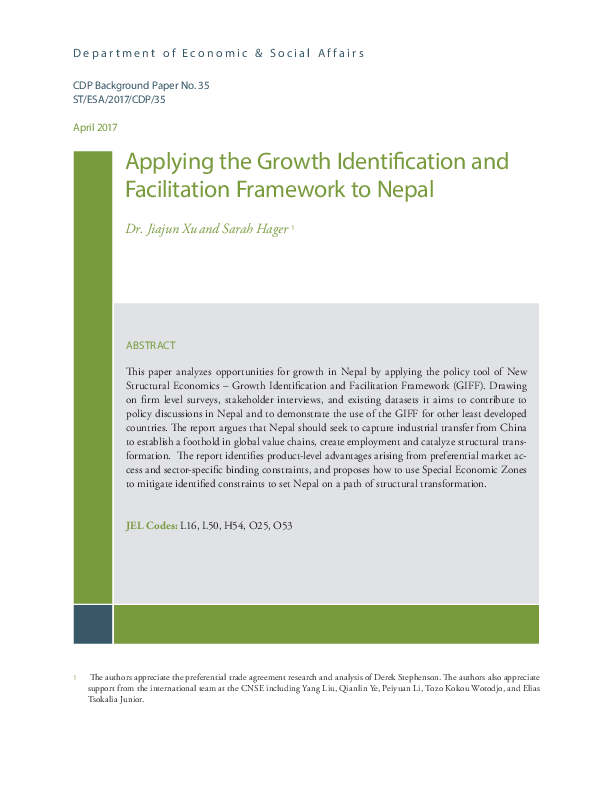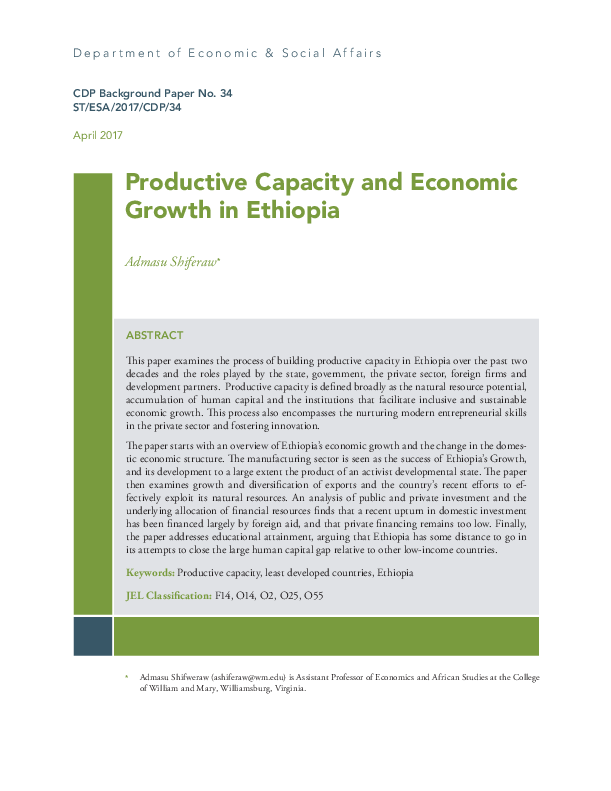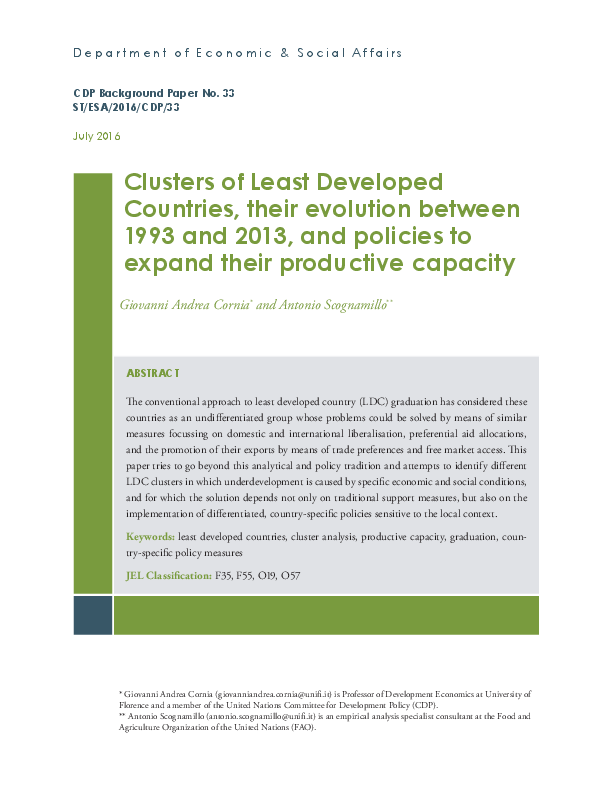Publications
Displaying 1 - 10 of 27
By Keith Nurse
Migration and the growth of global diasporas are key contemporary trends which impact on the pledge to ?leave no one behind? in the 2030 Agenda. The developmental potential of migration is
 Welcome to the United Nations
Welcome to the United Nations
